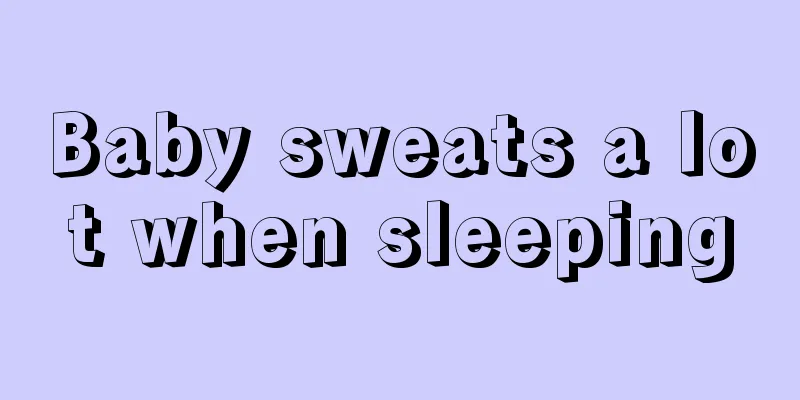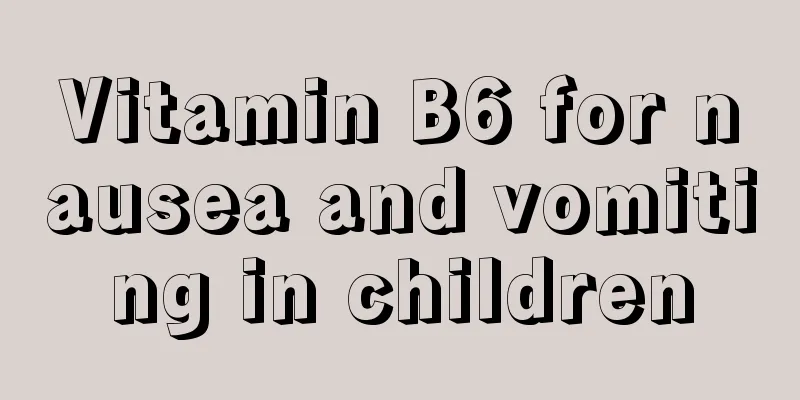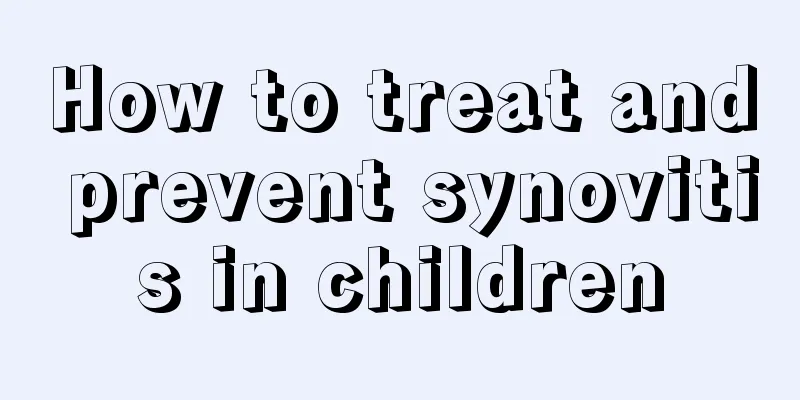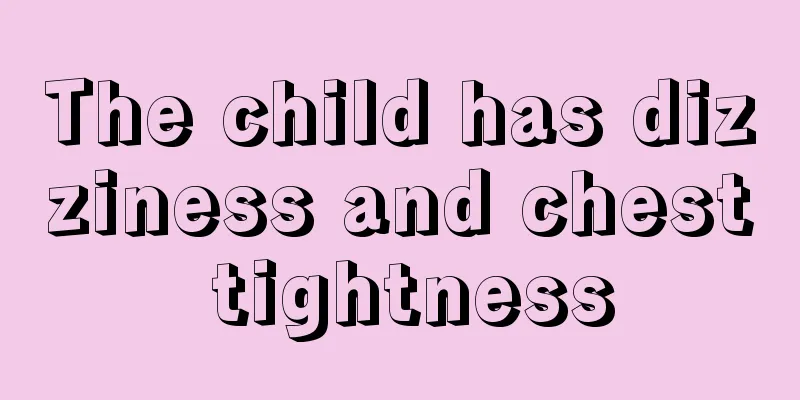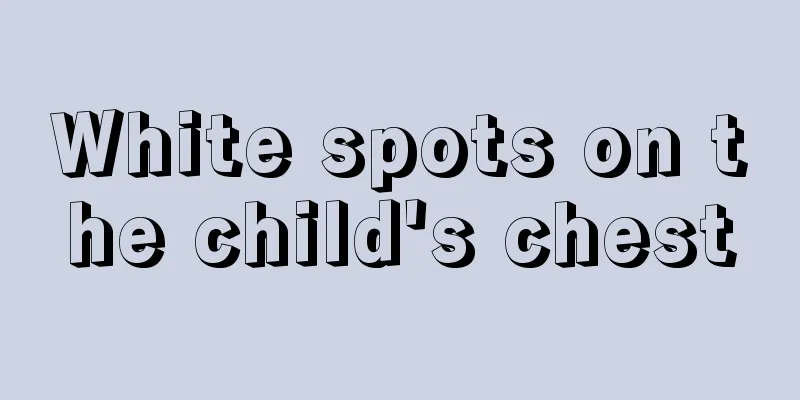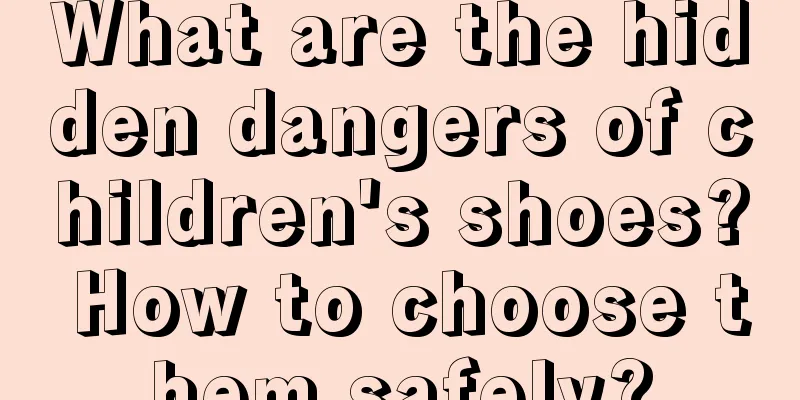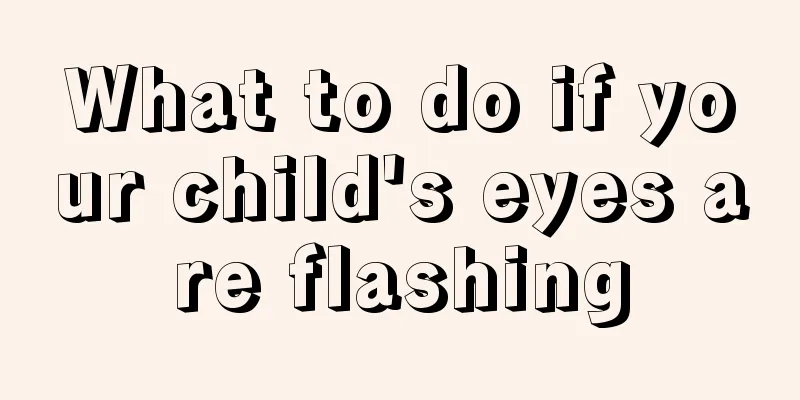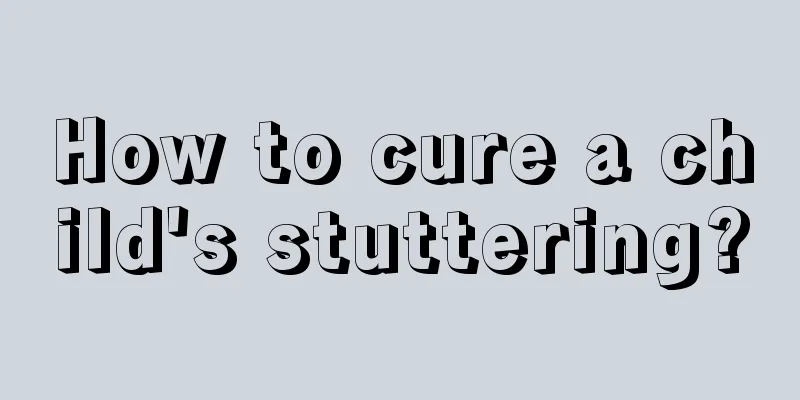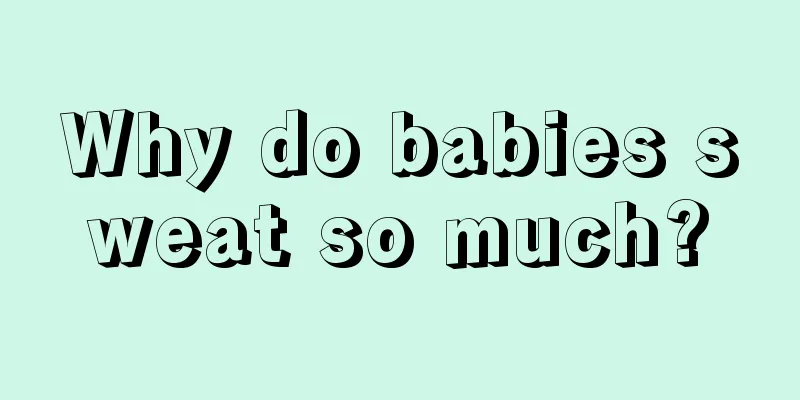What to do if a one-year-old child has a fever
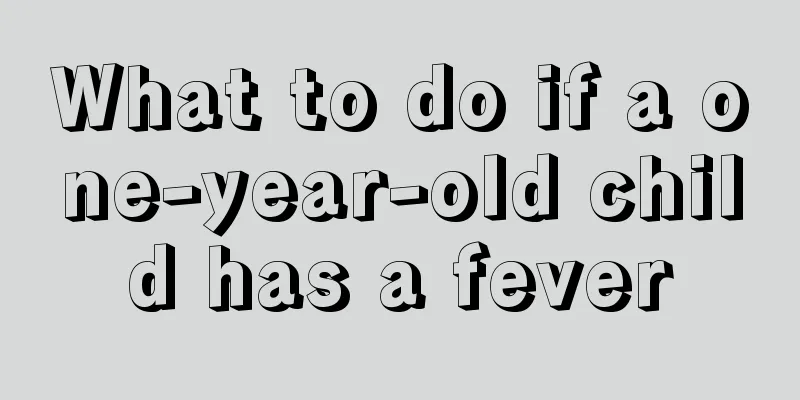
|
A one-year-old baby refers to a one-year-old baby. At this time, the baby's body is relatively weak, and the resistance to external factors is very poor. It is easy for bacteria and viruses to invade the body, and it is easy to catch cold. At this time, the baby will have a fever and a cold. If you find that your baby has symptoms of fever, what should you do as a parent? The different body temperatures of babies require different treatment methods. When your baby has a fever, you should first measure his body temperature. If it is below 38.5 degrees (inclusive), you can take physical cooling measures instead of taking antipyretic drugs. You can apply a cool towel to the baby's forehead or use a baby fever-reducing patch on the neck, armpits and other parts. When the baby's whole body is hot, you can use a towel dipped in a small amount of alcohol to gently wipe the whole body. This is suitable for high fever. If your baby only has a low fever, you can just wipe the whole body with a warm towel. This can help lower your baby's temperature and make him feel better. Be careful not to use too much alcohol; dilute it several times with water. When your baby has a fever, keep giving him water. Make sure your baby drinks plenty of water to eliminate toxins from the body and relieve fever symptoms. Generally, when a baby has a fever, it is a "dry fever" and the baby does not sweat, so the body cannot excrete normally. Drinking more water can promote the body's metabolism and make the baby sweat, so the fever can go away quickly. Because babies feel very uncomfortable when they have a fever, try to keep them as active as possible. Parents can hug them more to make them feel safe so that they can fall asleep quickly. Only a good rest can help alleviate the symptoms of fever. If the baby's temperature exceeds 38.5 degrees and there is a trend of rising (the whole body continues to feel hot), then the baby should be given antipyretic medicine or antipyretic drops. Antipyretic drugs mainly kill harmful cells, but they can also damage benign cells and cause side effects. Therefore, only give it to your baby when the fever is above 38.5 degrees, and stop giving it after the baby's fever subsides. If the baby's fever rises again after an hour or two and exceeds 38.5 degrees, you can give him some antipyretic drops (it should be more than an hour between two doses). Like the Meilin antipyretic drops currently commonly used in children's hospitals, although the effect is obvious, it only temporarily relieves the symptoms of fever. To cure it completely, you still need to take anti-inflammatory drugs (or combine them with heat-clearing and detoxifying drugs, isatis indigotica antiviral drugs, etc.) + antipyretic drugs. If the baby's body temperature remains above 38 degrees and cannot be reduced by any method, and the fever lasts for a long time, in order to ensure the baby's health, it is recommended that parents take the baby to the hospital in time. Because this situation is relatively dangerous, if the fever affects the brain tissue, the consequences will be disastrous. |
<<: What to do if your child is sulking
>>: What to do if your child suddenly has a fever at night
Recommend
At what age does a baby start to change teeth?
For many families, having a baby is a very happy ...
What to do if your baby gets prickly heat?
In the hot summer, the human body sweats a lot, a...
Grainy pimples on baby's neck
Many young babies cannot speak yet, and can only ...
Causes of asthmatic bronchitis infection in children
Children are the apple of their parents' eyes...
Where to massage when a child has a stomachache
It is very common for children to have stomachach...
What are the dangers of thrombocytosis in children?
When children are young, they always have some sy...
Children's diet and health issues
There are many things that children need to pay a...
Why does the baby eat milk frequently?
Newborns have limited digestive abilities and rel...
Medication for gynecological inflammation in 3-year-old children
If a three-year-old girl develops gynecological i...
What are the treatments for whooping cough in children?
The main reason for children to suffer from whoop...
A brief discussion on children's fever recipes
Taking care of a child is a very hard job, which ...
Nursing measures for phototherapy of neonatal jaundice
Every child is the treasure of the family, especi...
What to do if your newborn baby poops and cries
Taking care of children is a very troublesome thi...
Causes and treatments of yellow water discharge from newborn ears
For a family, a newborn baby marks the beginning ...
The child's skin is like goose bumps
Some children do not have very delicate skin when...
